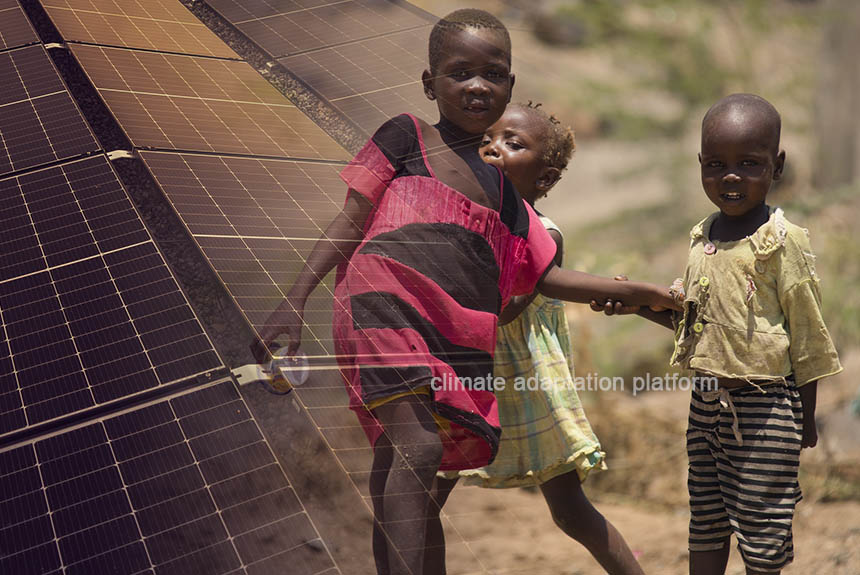Africa has seven of the ten sunniest countries on earth – Chad, Kenya, Egypt, Madagascar, Niger, South Africa, and Sudan; its high levels of sunshine give the region a unique opportunity for harnessing solar energy.
While the continent owns 40% of the globe’s potential for solar power, it only has 1.48% capacity to generate solar energy, according to IRENA 2021 statistics. Sub-Saharan is the region with the most electricity scarcity in Africa, where more than half of the population in the area has no electricity.
Sub-Saharan Africa has the lowest access to electricity compared to other regions in the world, but it has seen modest growth from 2010 to 2022, from 33.2% of its population to 49.4% in 2022.
The good news is that access to electricity in Sub-Saharan Africa is growing; however, while electricity has expanded, consumption has remained low because many Africans find power too expensive. According to WRI, in Kenya, most people living in rural areas earn around $38 per month, and the cost of electricity at $0.20 per kWh is still too high. The article says that low power consumption can prevent electricity growth and discourage more investments. The only way to increase electricity generation and consumption is to improve residents’ ability to pay by providing them with good livelihood and income opportunities.
The article provides two examples of initiatives in Africa – the Productive Use of Renewable Energy (PURE) and Powering Renewable Energy Opportunities (PREO) programme by the Energy for Impact (E4I), that help increase renewable energy generation while providing economic opportunities for the locals.
For example, under PURE, a government or an organisation will invest in solar-powered irrigation and flour milling machines to help boost productivity and food security and improve local incomes. In Chamwino, a town in Tanzania, the World Resource Institute partnered with a local organisation to retrofit a diesel-powered generator with solar power used for irrigation by mango farmers. The initiative increased mango yield by 185%. Access to water also helped farmers expand their farming with other crops.
Increased incomes allow locals to pay for their electricity costs while increasing their power consumption – this encourages investors to invest more in expanding renewable power generation and the grid, resulting in improved quality of life for locals.
The PREO program, on the other hand, helps locals shift from diesel-powered motorbikes, known as boda boda, to electric motorbikes. The switch to electric motorbikes lowered operators’ maintenance costs by 68% while increasing the area’s electricity demand. The program also assists health clinics in adopting renewable energy as a stable source, allowing clinics to achieve the same results – lowered operating costs, continuous provision of critical services to the community, and increased profits.
These are just examples of how initiatives such as PURE and PREO can help African communities harness the potential of solar energy while creating economic opportunities for locals to ensure that electricity generation growth goes hand in hand with local consumption.
The article notes that more work needs to be done for these programs to reach more individuals and communities and that significant opportunities exist. It also provides suggestions on how to convert ideas into implementation.
Source:
Abdelrazik, M. K., Abdelaziz, S. E., Hassan, M. F., & Hatem, T. M. (2022). Climate action: Prospects of solar energy in Africa. Energy Reports, 8, 11363-11377.
Ireri, B. and Kilonzo Jr., M. (2024, February 2). A New Solution to Power Africa: Productive Use of Renewable Energy. World Resources Institute. Retrieved from https://www.wri.org/insights/productive-use-renewable-energy-africa



Leave a Reply